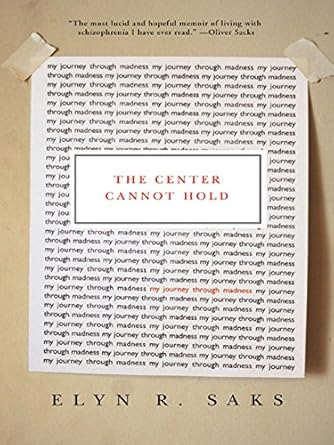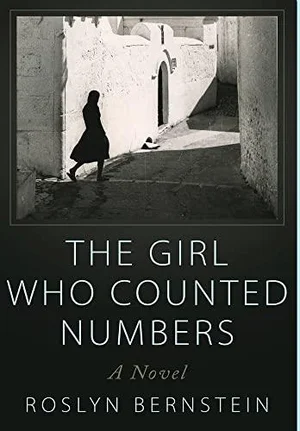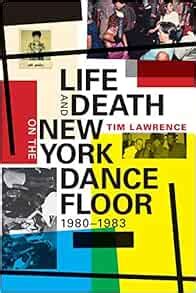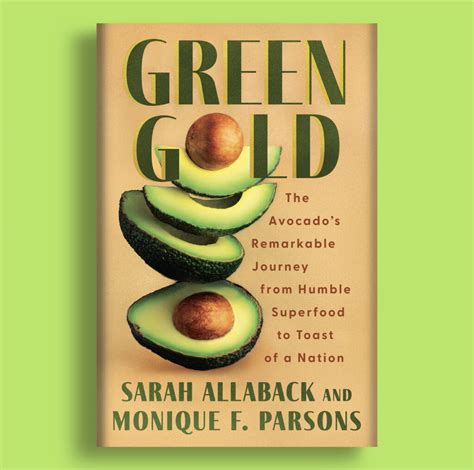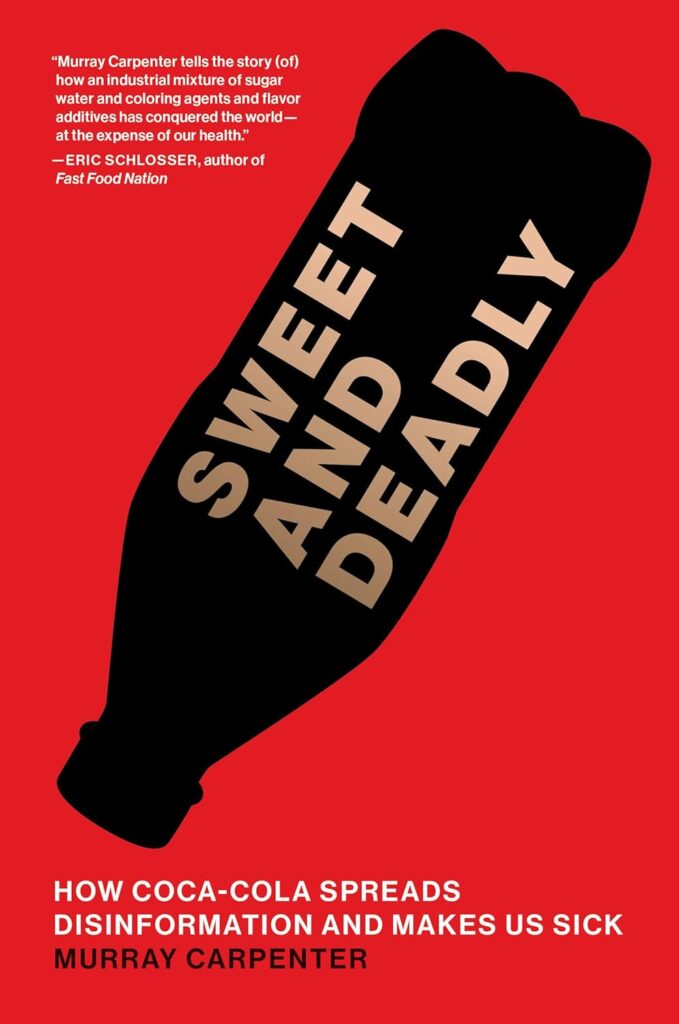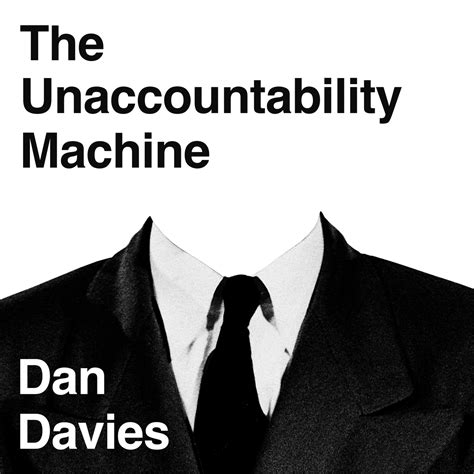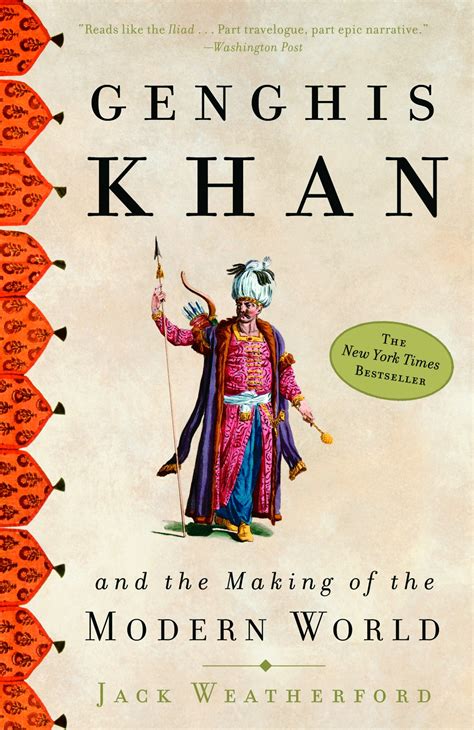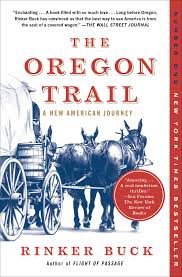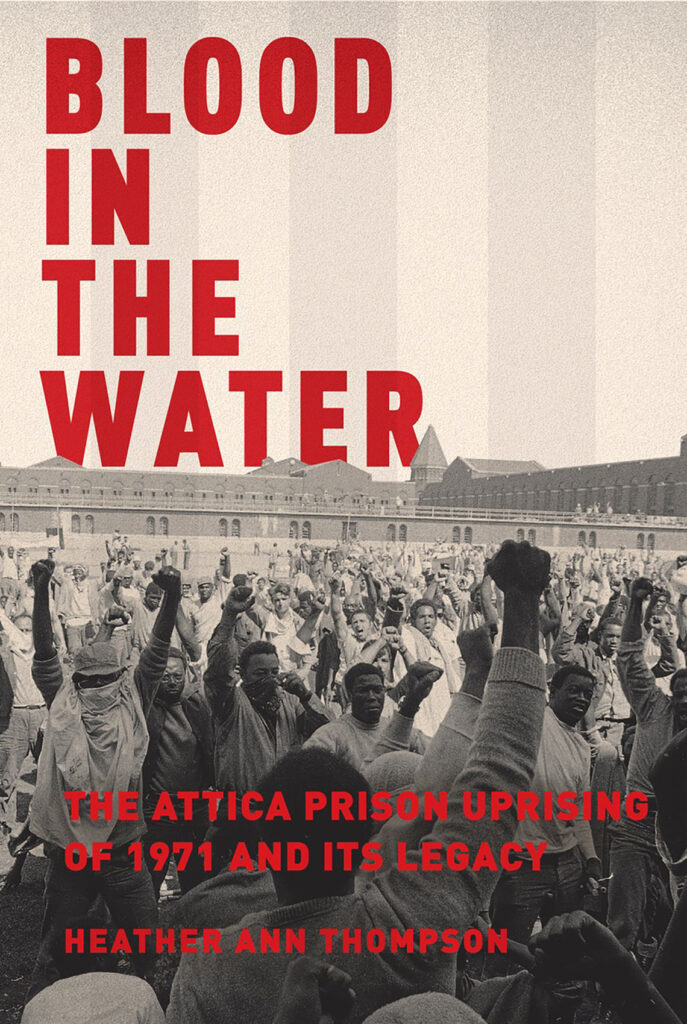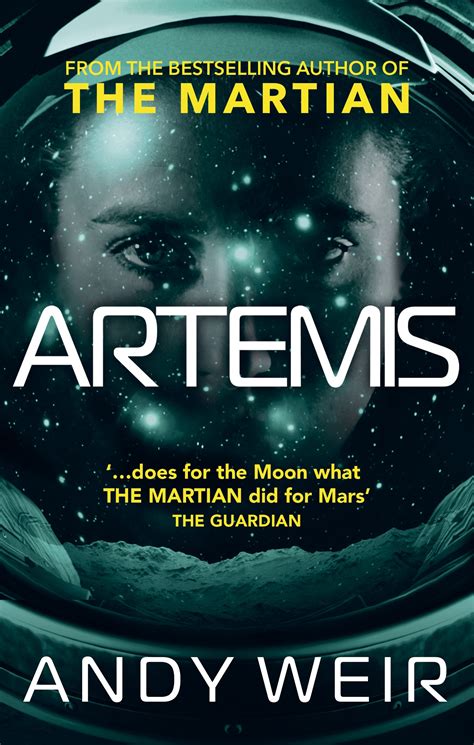Unsettling Brilliance of Schizophrenia Confronted
Elyn R. Saks is a brilliant legal scholar. The Orrin B. Evans Professor of Law, Psychology, and Psychiatry and the Behavioral Sciences in the Law School at the University of Southern California, Saks has a law degree from Yale University, a MacArthur “genius” award and many well-deserved honors. She’s written several books and has influenced law and policy. Saks has also learned how to live and flourish with schizophrenia. Her memoir, The Center Cannot Hold: My Journey Through Madness, is an amazing book chronicling her incredible journey.
It is difficult to imagine, let alone consider, what one’s sense of reality and self might be like when suffering from schizophrenia. Saks explains it to us, not as a clinician, but as a person from within the illness. Her struggles as the disease developed, and her attempts to control it with and without medication, are gripping.
The Center is an engaging read. One might start it out of curiosity and be pulled in from the unique nature of the story and the narrator’s voice. Saks’ prose is precise and haunting. She neither sensationalizes nor edits the hallucinations, the emotions – of her and those around her – and the battles as she fought to hold on to her sense of agency and identity. It is important to emphasize that madness (or mental illness) and intelligence are not at opposite ends of a continuum. Saks’ life and work make that abundantly clear. Neither do mental health issues necessarily mean a lack of connection or care for fellow humans. What emerges through Saks’ book is a lifelong struggle with her illness, acknowledgment of the voices in her head, and the fight she has made to manage them. Her candor and directness in explaining all of this to readers is unnervingly impressive.
Saks starts the book with her childhood, her traditional parents, and early challenges. She has difficulty with eating, self-care and hallucinations. A highly structured rehabilitation program gives her stability in her teens yet complicates her acceptance of medication. In college she is an outstanding student even as she works through episodes of psychoses with delusions. At Oxford University, as a Marshall scholar, the lack of friends and structure causes more difficulties, leading Saks to suicidal ideation. More direct care, including psychoanalysis, give Saks hope and direction. Unfortunately, as she returns to the US and eventually enrolls in law school, her symptoms return with a vengeance. Stable health eludes her, and cancer (not diagnosed in part because of her schizophrenia) makes her battles all the more frightening. Little, save structured academic work, came easily to her.
Heroes come in many shapes and sizes. In my mind, not only is Saks heroic because of the life she’s led, praise is deserved specifically because of this book. Appreciating her led me to think a great deal about assumptions of identity and self. What accompanies our assessment, connection and appreciation of others? What do we do when we meet someone who is mentally ill? Assumptions about mental illness and the mentally ill hindered Saks throughout her life. It is particularly galling to see how barriers were put up as she fought to earn a law degree and find employment. Discrimination, tacit and direct, were consistently present. Even some of Saks’ caregivers were unable to see her and appreciate her humanity. This is not to minimize her illness. Instead, the book – and Saks powerful narrative – problematize so much of what comes in the door when we talk about mental illness.
It is impossible to read The Center and not question many long held beliefs about those who have mental health problems.
David Potash
